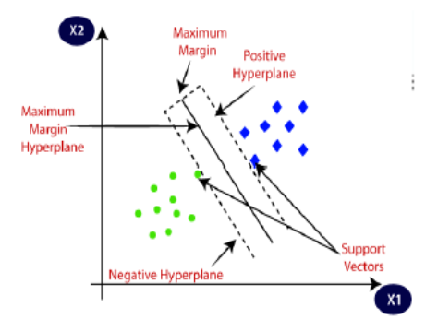


Indian Journal of Science and Technology
Year: 2023, Volume: 16, Issue: 33, Pages: 2580-2588
Original Article
Ammar M Alqahtani1*, Moussa S Elbisy1, Faisal A Osra1
1Civil Engineering Dept, College of Engineering and Islamic Architecture, Umm Al_Qura University, Makkah, Saudi Arabia
*Corresponding Author
Email: [email protected]
Received Date:19 April 2023, Accepted Date:03 July 2023, Published Date:29 August 2023
Background/Objectives: Predicting wave overtopping at coastal structures is a critical task in coastal engineering. The use of machine learning models can help predict wave overtopping with higher accuracy and efficiency. Methods: In this study, the accuracy of support vector machine (SVM) and gradientboosted tree (GBT) approaches for predicting wave overtopping discharge of coastal structures with composite slopes ”without a berm” was evaluated and compared. The newly developed EurOtop database was used for this study. Findings: The results showed that the GBT technique provided more accurate predictions than the SVM technique. Notably, the results demonstrated that the GBT model significantly decreased the overall error and accurately estimated the wave-overtopping discharge. Compared to the SVM model, the scatter index calculated using the GBT (0.57) is lower than that of the SVM (o.94). In terms of R-index, the GBT (0.97) was superior to the SVM (0.92) model. Novelty: This study provides an effective approach for predicting wave overtopping discharge in the design and management of coastal structures.
Keywords: Prediction; Wave Overtopping; Machine Learning Techniques; Coastal Structures; Safety
© 2023 Alqahtani et al. This is an open-access article distributed under the terms of the Creative Commons Attribution License, which permits unrestricted use, distribution, and reproduction in any medium, provided the original author and source are credited. Published By Indian Society for Education and Environment (iSee)
Subscribe now for latest articles and news.